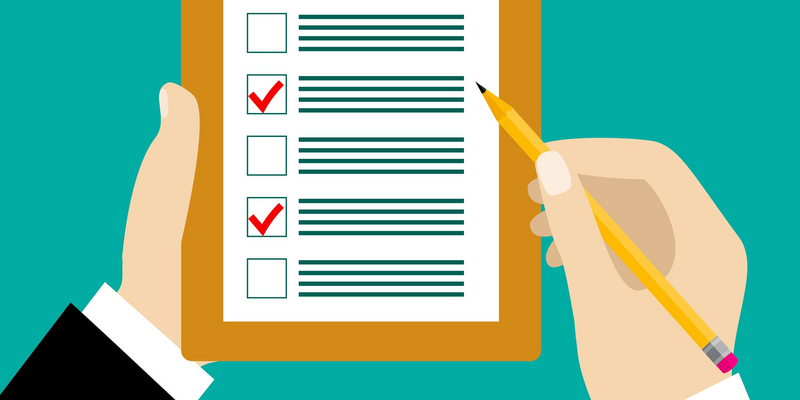ATD Blog
Simple Tool, Big Impact
Tue Apr 27 2021

Much has been written recently about the importance of self-directed learning (SDL), especially as it relates to the need for continuous lifelong learning due to the changes in the nature of work and the need to stay current in your respective professional area. ATD’s Talent Development Capability Model has lifelong learning as one of the capabilities within the Personal domain. There are excellent resources available to support this such as Catherine Lombardozzi’s Charting Your Course guide and the Forum’s downloadable e-book Making a Performance Impact.
While there are guides and suggested plans for enhancing your ability as an independent learner, at the end of the day, success with SDL depends on you. One of the areas needed for the disciple to engage in deliberate learning and to learn from any experience is what Lombardozzi calls “wherewithal.”
What other ways might you gain skill as an SDL or even as a more productive employee? Col (R) David Fivecoat, a thought leader on building personal leadership, provides ideas for building grit personally and within your team and organization. Grit and wherewithal look similar.
In a recent post, Fivecoat suggested a simple tool for getting grittier—the checklist. Checklists are “simple but powerful tools used by pilots, doctors, astronauts, construction workers, and the military to handle complex, nonroutine problems. Checklists help people balance innovation and discipline, craft and protocol, and specialized talents within group collaboration.”
In a January ConnectSpark presentation to the ATD Forum, Marshall Goldsmith also talked about the value of checklist for developing consistent habits. He mentioned a book that was published earlier: The Checklist Manifesto.
A checklist is a simple tool. It comes in many forms such as a to-do list with cryptic annotations, a grocery list on the back of an envelope, or a digital tracking list with task, point of contact, status, and completion date. The list can be formal with various columns or just a random wish list. At its essence, the checklist is a guide to trigger actions and, depending on the list, to keep on schedule or within a designated timeframe. While we think of them as essential for managing projects, they also work for developing wherewithal and grit.
A quick scan of the internet provides various formats that are more than just the list. These include:
Task | Current Status | Related Questions |
--- | --- | --- |
Task | Point of Contact | Date Due |
To assist with building a grittier SDL process, how could a checklist work for participating in a virtual presentation? The next time you participate in one, give this checklist a trial run. |
Checklist for an Engaging Virtual Presentation
Getting started:
Read the announcement thoroughly to determine if it is a valuable way to spend your time.
Read about the presenter in the bio; possibly check out their website and LinkedIn profile.
Prior to the session:
Register for the session and schedule the event on your calendar.
Capture your responses to these priming questions: What will I do with what I learn about XYZ? What questions do I have about XYZ before the session? What do I already know about XYZ?
Read any assignments listed as “prereading.”
During the session:
Log in on time to flex for technical issues.
Remove physical distractions.
Have water available.
Turn off or mute mobile devices.
Join in the informal discussion.
Ask questions.
Contribute to the dialogue, especially in chat.
Take notes, both written and visual.
After the session
Review your notes. What were the big takeaways?
Complete a formal reflection process such as: What squares with my thinking; what is still rolling around in my read; and what do I want to change as a result of this information?
Go back to your priming questions.
Share the information with others in your organization.
If interested in diving deeper:
Check out other resources especially those suggested by the presenter.
Connect with the speaker via their website or LinkedIn.
Review any handouts or related collateral.
Use any tools provided or practice any suggested techniques.
Checklists are easy to make but more difficult to use because you actually have to do something. You do not get to mark through one or check the box unless you have acted. One of the most productive managers I have ever worked with was an avid checklist person. Any time you walked into his office after four thirty in the afternoon, you typically saw him either writing a list of actions for the following day or reviewing his weekly or monthly list. The list was visible on his weekly calendar that was always open on the credenza behind his desk. He tied the daily list of smaller tasks to his team’s larger goals and included a priority notation, such as, an A for top priority, B for middle, and C for least. Staff meetings incorporated data on successes of projects and the next steps needed to meet milestones.
Discipline, grit, wherewithal—whatever we call it—helps individuals, teams, and organizations to accomplish the actions needed to meet targeted goals. A simple way to get grittier and have a larger impact with your performance is effectively using checklists.
